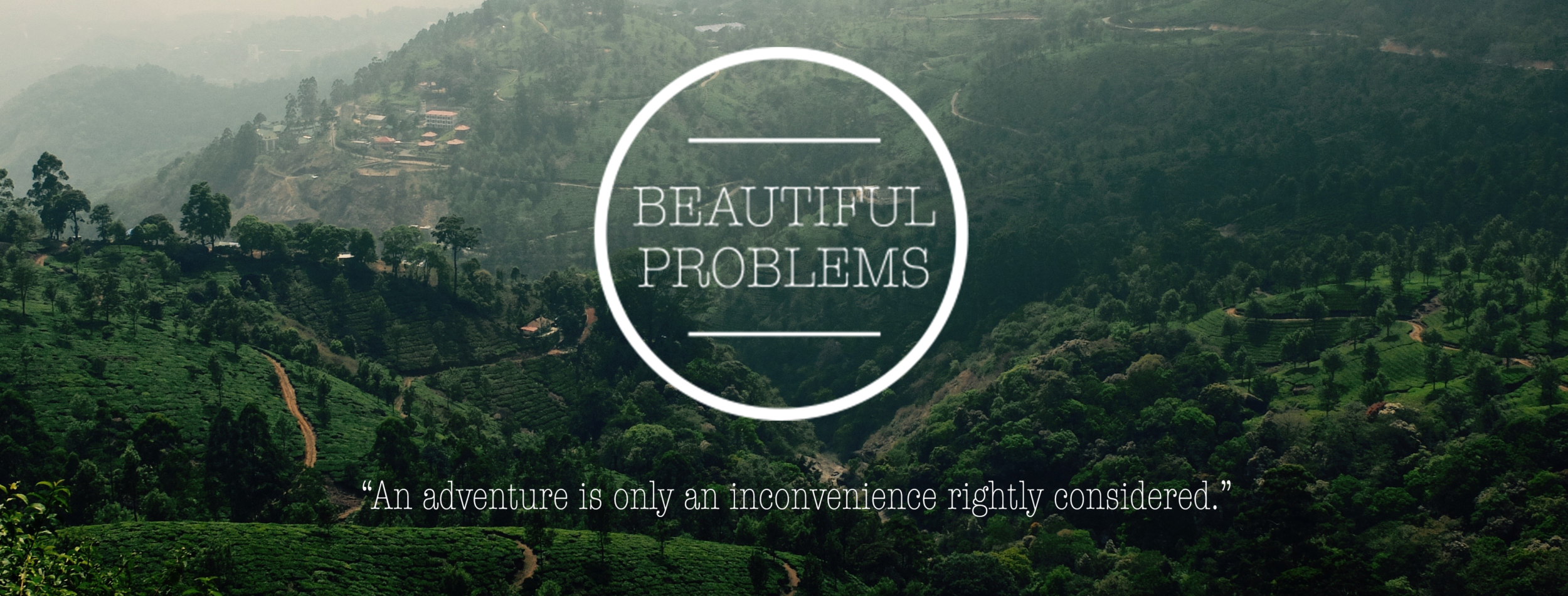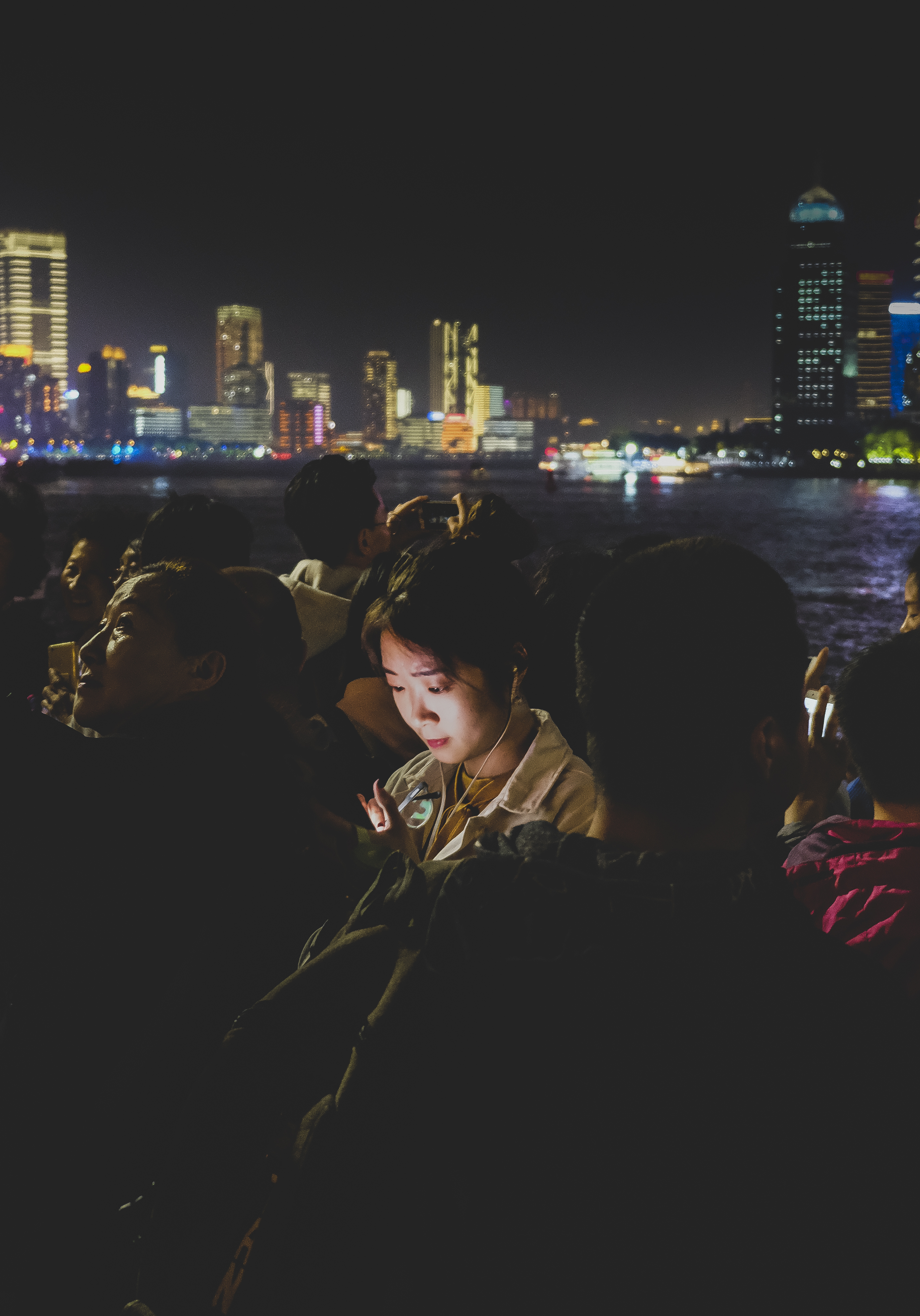We’re in Shanghai with Cirque du Soleil to perform Russian Bar with 5 other acts (straps, lamp, banquine, dancers, aerial bike) in one televised 5-minute circus smorgasbord. The TV show is an online auction site’s countdown to their version of Black Friday (Single’s Day!), during which they will do $30 billion in sales in 24 hours. Cirque du Soleil is hoping to spread awareness of their brand and their upcoming shows in China via this TV show, and we are the hired guns for the occasion.
Full Contact Tourism
I celebrate my 31st birthday padding around the hotel at 2.30 am. The decorations are gaudy and ostentatious in a way that makes me enjoy hotels again; Shanghai’s weather is cool and comfortable, a return to fall.
Our first stop when not in rehearsals is to Yu Gardens. The marketplace is full-contact tourism: we shuffle through the 9 Zig Zag Bridge, past crabs on a stick; I buy a bun with a straw sticking out of it, hoping for a juicy stew inside. It is more like meat-flavored water.
Saving Graces
More and more in my travels I find myself disappointed, unsurprised by how similar each new city looks to one another. The small differences- the glimpse of a tai-chi class through an open window, the distant warble of a high-pitched, wailing string instrument on the breeze, street cleaners sweeping up debris with brooms made from bundled twigs (or more often than not just siting on their cart, waiting for leaves to fall)- these things reassure me that individual cultures will manage to retain their uniquenesses despite the sweeping tendency of globalization towards homogenization.
On Awe
At the Bund riverwalk a thousand neon buildings are mirrored by the light of a thousand cell phones taking pictures of them. I laugh at myself even as I shake my head at the throng of people, all of us crowding in like sheep to take the exact same photo. But, I ask you, how else can you interact with this scene? You can’t ski or hike or surf the buildings; you can only look, and snap. Have we lost the ability to just look at things? A hundred years ago (or even 30 years ago), before cell phones and the internet and instant messaging ruined our attention spans, would people have stared at this scene for hours, lost in rapture? Is it possible to lose yourself with so many people around you? The scene is impressive but unsettling.
Here’s the issue: it has to do with awe. Neuropsychologist Pearsall defines awe as,
“An overwhelming and bewildering sense of connection with a startling universe that is usually far beyond the narrow band of our consciousness.” Pearsal, via wikipedia
I usually feel awe as a positive emotion- upon seeing the full splendor of the milky way on a clear winter night, or seeing the vastness of the world, the depth and subtlety and infinite complexity of colors and textures from the top of a mountain. I feel awe and I delight in it, I delight in feeling small. I feel thankful to be able to observe and interact with such magnificence and have my own tiny, comfortable place in a world that is so much bigger and more intricate than we will ever fully understand.
So when I see the Bund- the casino of neon lights, the throngs of people and their careless hunger for technology and resources (myself included), I feel awe in a new way, a different way from looking at something that is simply much bigger than you; a way that I’m not entirely comfortable with. I feel awe at how big we’ve become as a species, how proud of our intelligence and ability to conquer nature we are, but still not so smart as to avoid further inflicting the damage we recognize we are already doing to our own home. I feel the familiar pleasant awe at the enormous sight of the riverwalk, but it combines with this new awe, as of an approaching avalanche- the disconnected rumble and shaking of the ground that portends a magnificent destruction.
A Simple Answer
In the face of situations like this I get the urge to simplify, to shrink an experience, but it doesn’t have to be just one thing. I can be impressed by the buildings, put-off by the thousands of cell phones and the smog; the bizarreness and the beauty and the sadness of it all. No place is just one thing or the other, they are often both, all of the above. So is the world, so is travel, relationships, success.
It is human to try to simplify, maybe another carry-over from the survival days, to classify tigers as deadly and green plants as edible. We ask each other, “How was Shanghai? How was the food? How was your day, your vacation?” and expect short answers. I’m tempted to do the same.
I want to say, “Shanghai was this,” but the truth is always more complicated than that. Shanghai was beautiful and smog-filled and different but not that different, it was incomprehensible and entirely understandable all at once. I’m happy to be traveling to a new country (and then to Thailand after!), but unhappy to be flying halfway around the world to get there, unhappy to be performing in service of a day uniquely created to promote and celebrate consumption. I hope that this experience, rather than this making me more habituated to the world being like this, instead inspires change in my own choices and Barcode’s choices as a company, how we choose to use our powers of circus to entertain and interact with the world. I hope my integrity is strong enough to live up to my values.
Backstage in Shanghai
Backstage is another thing altogether, more how I had imagined China would be. At one point while the full Soleil cast is rehearsing, a Chinese technician comes onstage two feet from our Russian bar and starts clipping a harness into a cable that has mysteriously lowered from the ceiling. One of the Soleil riggers, clearly fed up after a week of situations like this, unclips it and throws it offstage.
From talking to the technicians, rigging in China seems like survival of the fittest, or at least survival of the last to check their gear. It’s funny to see a big machine like Soleil that’s usually so well oiled deal into situations like this. It seems like the Chinese arena is trying to show the Westerners that they are improving safety standards, but the new rules don’t yet make sense. For example, Western riggers are required to have safety harnesses to climb the stairs to the grid, but on the stairs there is nothing to clip a harness into. Helmets (typically worn so that if a rigger hits his head on something and loses consciousness, they won’t fall out of the grid), are not allowed, since they don’t want an accidentally dropped helmet to hit someone, helmet strap or clip notwithstanding. Meanwhile, high in the grid, Chinese riggers take their naps on one-foot wide beams with no safety attached.
The gig goes well, we do our 2 minutes of Russian bar, 500 million people see it on Chinese TV, we hop a plane to the next place and I write, and think, and wonder.
















